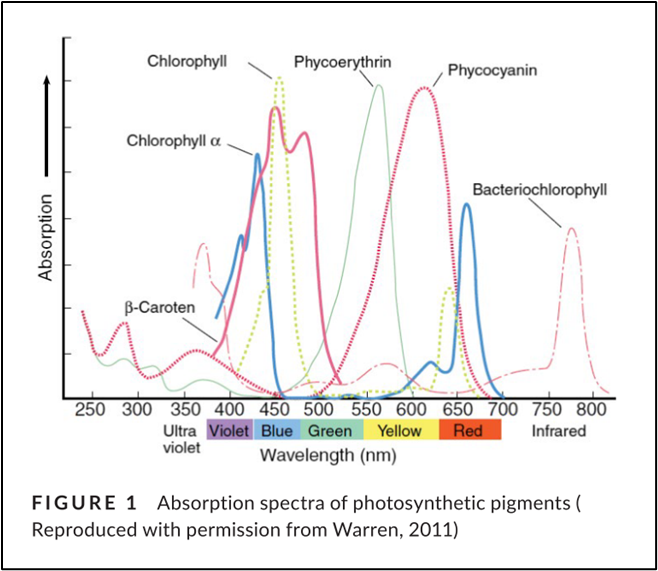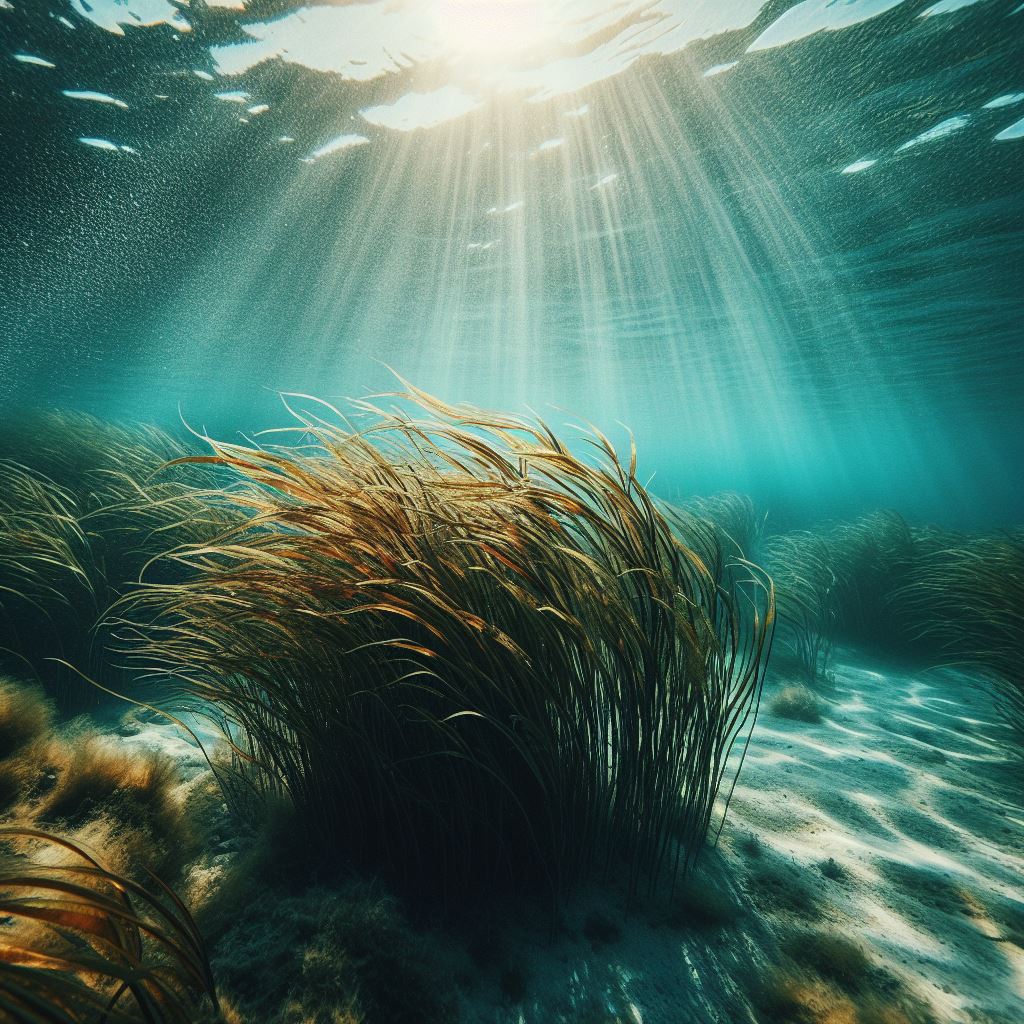By: Penz Penz Kwan, Sanjoy Banerjee, Mohamed Shariff, Fatimah Md. Yusoff
Article Prepared By: Farah Izana Abdullah
Microalgae, the green gold, has been reported to be a source of sustainable plant protein, animal feed, health supplement, bioremediation and natural colorant. Microalgae produce valuable compounds such as protein and lipid. Besides, microalgae can produce carotenoids, ω-3 fatty acids, vitamins and other pigments. Moreover, microalgae biomass components such as defatted microalgae can be used as fishmeal, to produce extracellular polysaccharide and biogas. Cultivation of microalgae requires light. Light energy can be obtained from natural sunlight or lamps. The usage of light-emitting diodes (LEDs) as a light source is gaining attention as to conventional fluorescent lamps due to the higher energy conversion ratio, lower heat dissipation and its flexible application in photobioreactors. Besides, the narrow spectrum of LEDs could efficiently promote specific compounds in microalgae. Generally, blue and red LEDs provide the best wavelength for biomass production. However, blue and green LEDs are the best for lipid production. Often, microalgae growth using white light is comparable with red and/or blue because the spectrum range of white light is broad and comprises red and blue spectra.
Web: DOI: 10.1111/are.15023

Date of Input: 01/04/2022 | Updated: 01/04/2022 | m_fakhrulddin
MEDIA SHARING





























